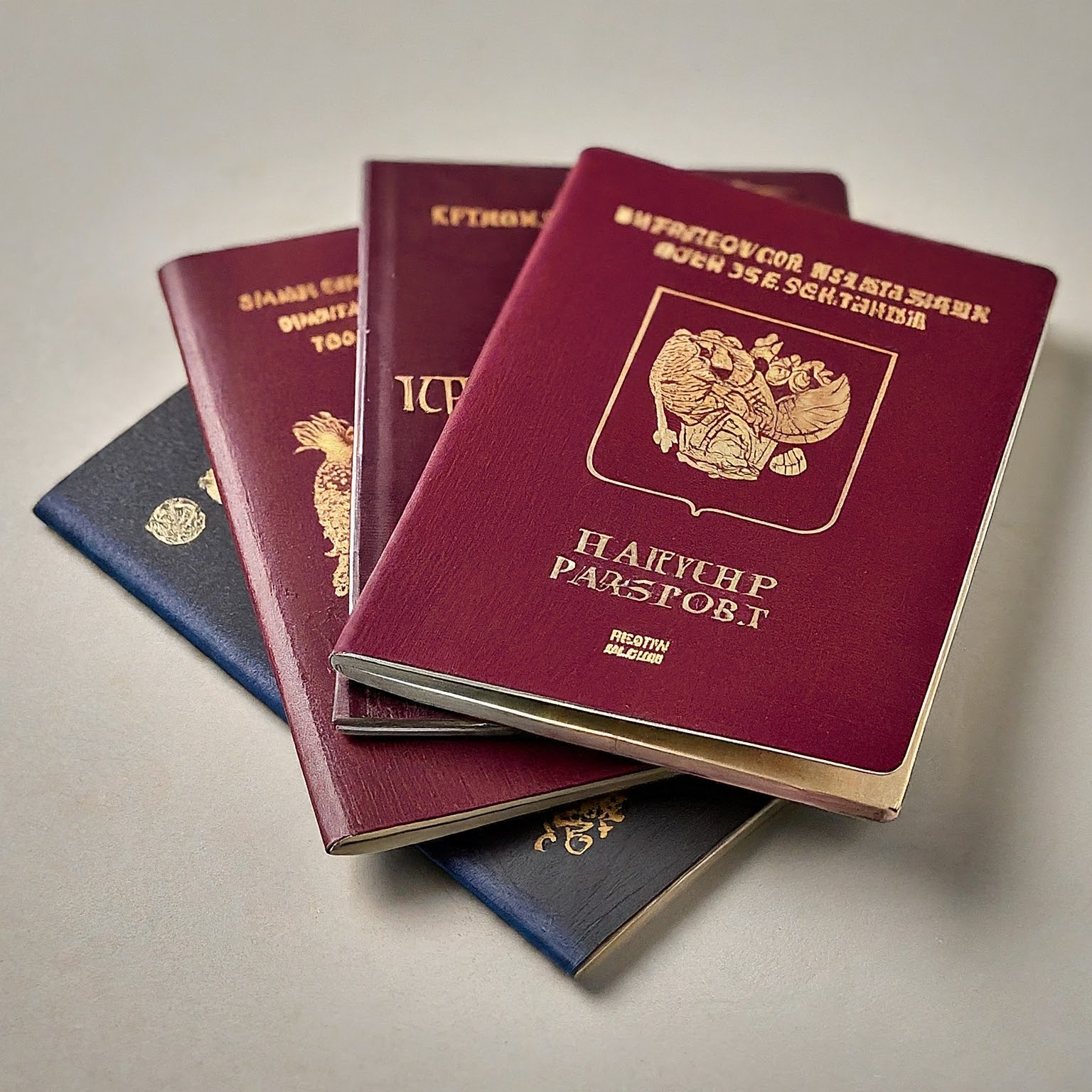The world is a vast and diverse place, with countries further divided into administrative regions like states, provinces, or cantons. To navigate this complexity, a standardized system exists: ISO state codes.

ISO stands for the International Organization for Standardization, a body that establishes international agreements for ensuring quality, safety, and efficiency. ISO 3166 is a specific standard that deals with country, territory, and geographic area codes. Here, ISO 3166-2 focuses specifically on ISO state codes.
Why Use ISO State Codes?
These codes offer several advantages:
- Consistency: ISO state codes provide a universally recognized and unambiguous way to represent subnational regions. This eliminates confusion caused by variations in regional names across languages.
- Efficiency: They streamline data exchange and processing, particularly in areas like international trade, logistics, and geographic information systems (GIS).
- Accuracy: Using ISO state codes minimizes errors that might arise from misspellings or abbreviations of regional names.
Structure of ISO State Codes
Each ISO state code is a two or three-letter combination that uniquely identifies a specific region within a country adhering to ISO 3166-1 (country codes). For instance, the code for California in the United States is “CA,” while Ontario in Canada is “ON.”
It’s important to note that not all countries have subdivisions included in ISO 3166-2. Additionally, some countries have multiple levels of administrative divisions, and ISO state codes might represent different levels depending on the country’s structure.
Finding ISO State Codes
There are several resources available to find ISO state codes. The official registry is maintained by the ISO itself, but you can also access them through various online databases and reference websites.
By understanding and using ISO state codes, you can ensure clear and accurate communication when dealing with international data and regional information.
لا تعليق